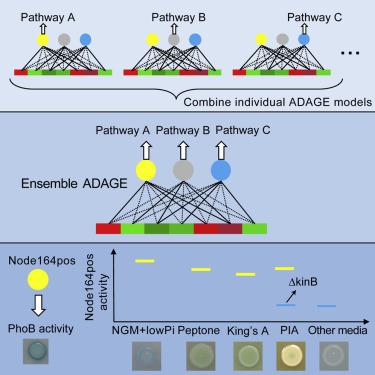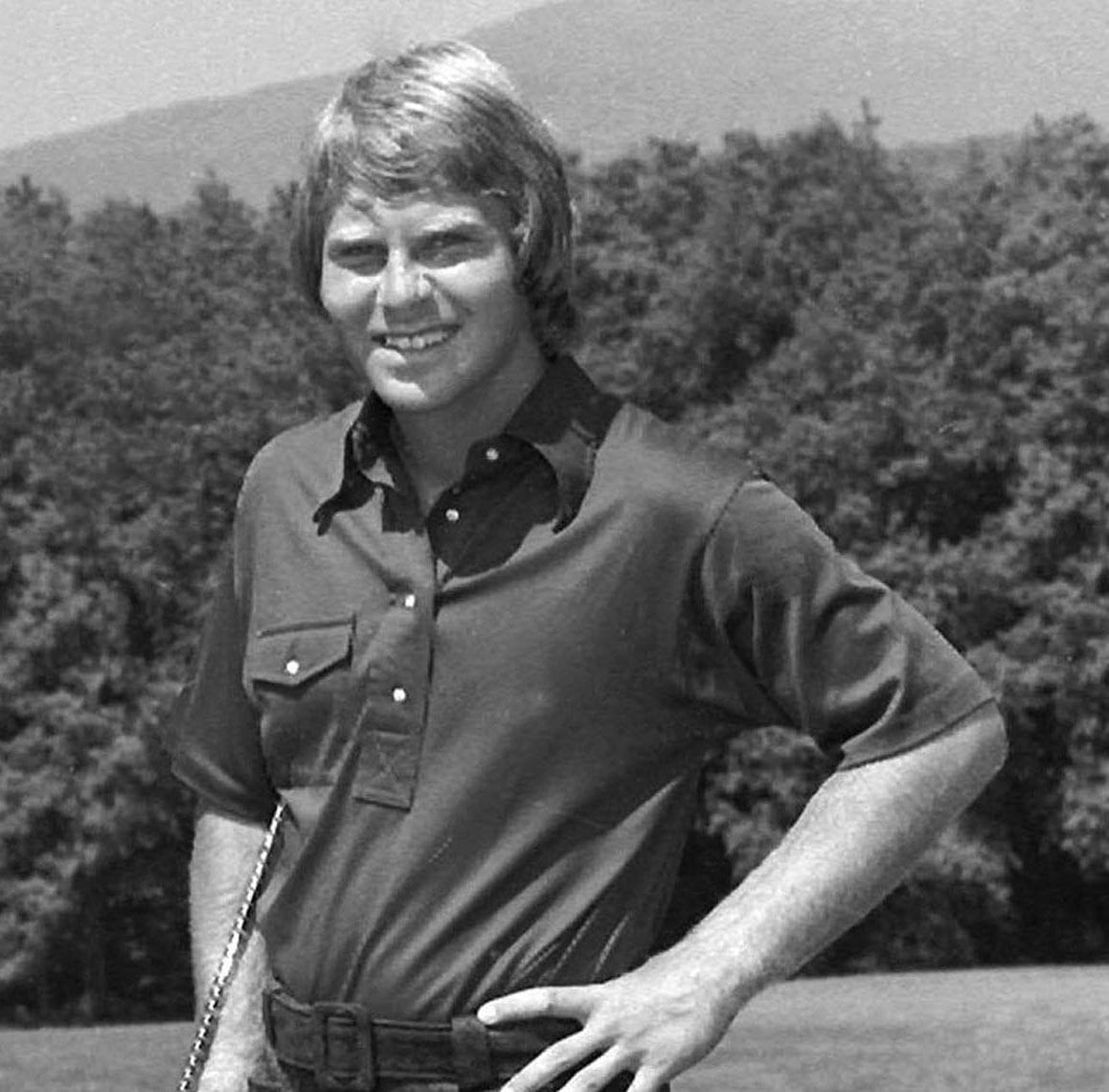Mastering the Art of Golf: Analyzing Ben Crenshaw’s Swing Technique
Ben Crenshaw, a two-time Masters Champion, is celebrated for his remarkable golf skills and has significantly influenced the sport through his insightful teachings. His approach integrates technical precision with mental resilience, creating a comprehensive framework for golfers. This article offers an in-depth analysis of Crenshaw’s swing mechanics, exploring key components such as grip, stance, swing dynamics, and psychological strategies that contribute to mastering an effective golf swing.
The Address Position: The Cornerstone of Consistency
The address position is crucial to Ben Crenshaw’s exceptional swing technique. A thorough examination reveals several vital aspects that enhance his consistency and balance:
- Alignment and Posture: Crenshaw ensures precise alignment with the target line by keeping his shoulders, hips, and feet parallel. He adopts an athletic stance characterized by slightly bent knees and a neutral head position which fosters stability during the swing.
- Ball Placement and Grip: The ball is positioned just behind his left heel while he employs an interlocking grip with a neutral wrist angle. This setup allows him to maintain control over the clubface throughout his motion.
- Focus and Rhythm: With intense concentration on the ball at address, he minimizes distractions which aids in maintaining rhythm through controlled breathing patterns that promote fluidity in movement.
Takeaway & Backswing: Building Width for Power
A wide takeaway is essential in creating power during the backswing according to Crenshaw’s teachings. He emphasizes smoothness in this phase to enhance both distance and accuracy.
- Smooth Takeaway: Begin by taking back your club slowly while keeping it low to create width without steepening your angle too early.
- Backswing Rhythm: Maintain focus on your target while ensuring your head remains still; this helps achieve consistent pacing throughout your backswing.
The Downswing: Achieving Precision & Control
The downswing marks a critical juncture where trajectory and accuracy are determined. Key elements include maintaining balance as weight shifts predominantly onto the lead foot while preserving spine angle for consistent strikes.
- The club should follow a shallow arc approaching impact at a slight downward angle—this promotes clean contact leading to optimal spin rates for enhanced distance control.
- A gradual acceleration through this phase prevents loss of accuracy; increasing speed progressively allows golfers to harness maximum power effectively without sacrificing control over their shots.
Impact Zone Dynamics: Precision Matters
The impact zone represents one fleeting moment where precision becomes paramount—understanding how clubface alignment interacts with swing path can dramatically influence shot outcomes.
Here are some critical factors influencing impact dynamics:
| Aspect | Description |
|---|---|
| Clubface Alignment | Angle relative to intended flight path . |
| Swing Path | Angle traversed through impact zone . |
| Ball Trajectory | < td >Flight pattern post-impact .






